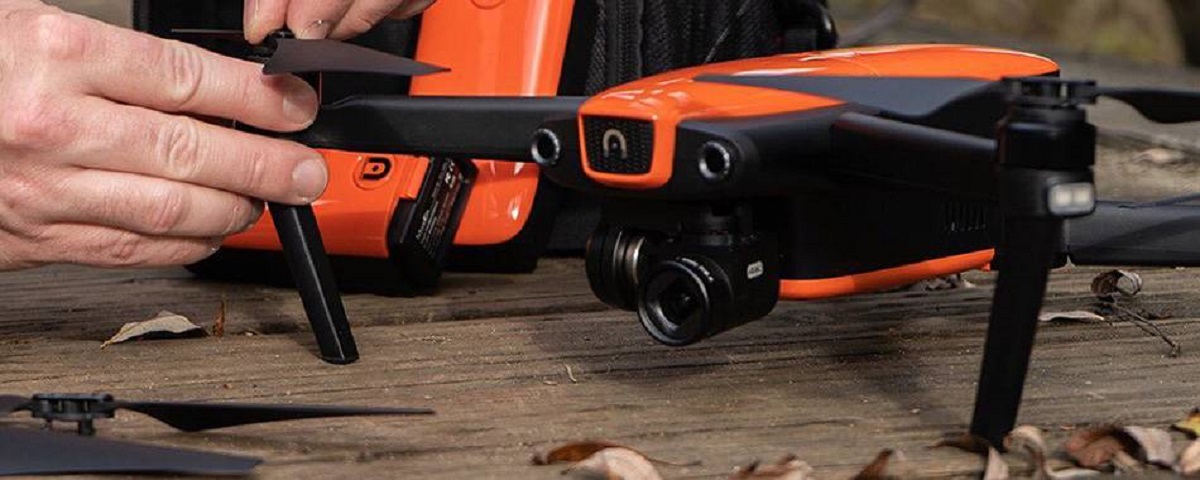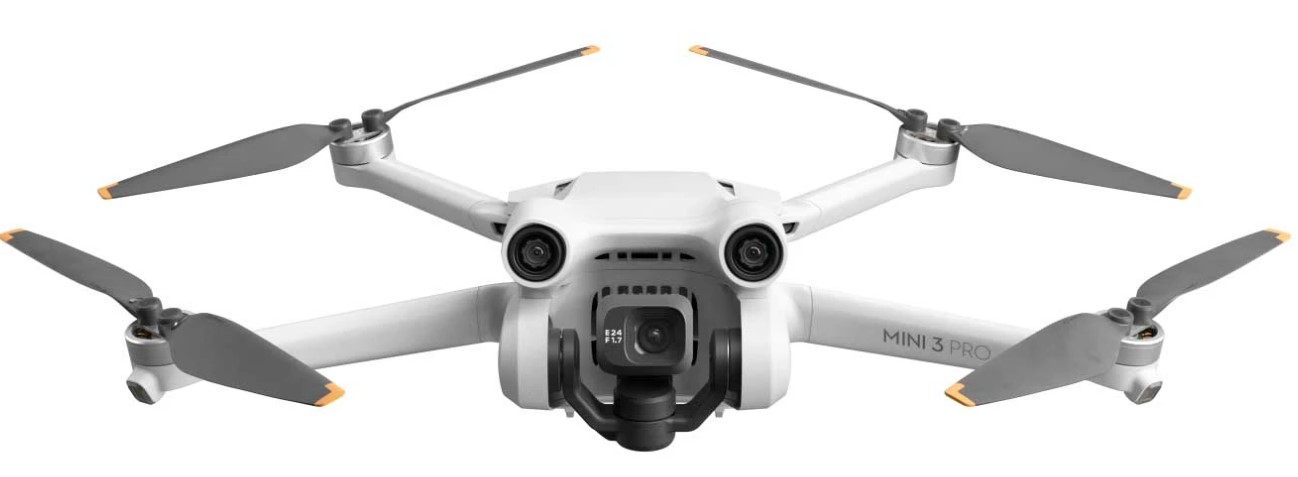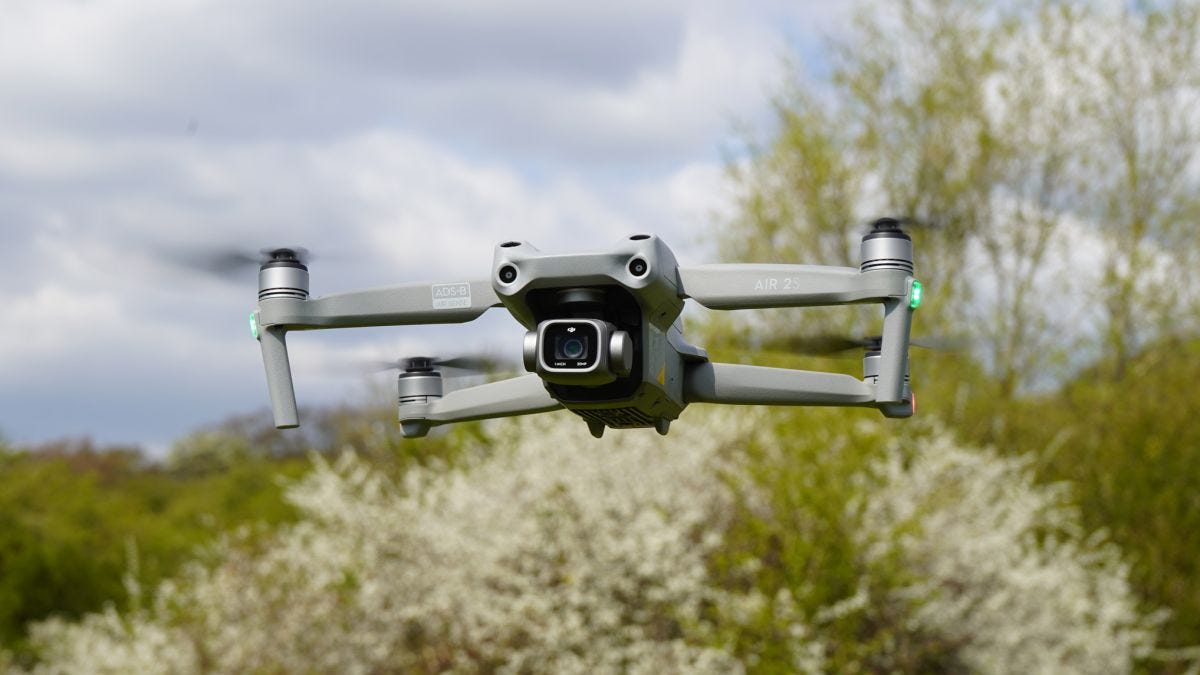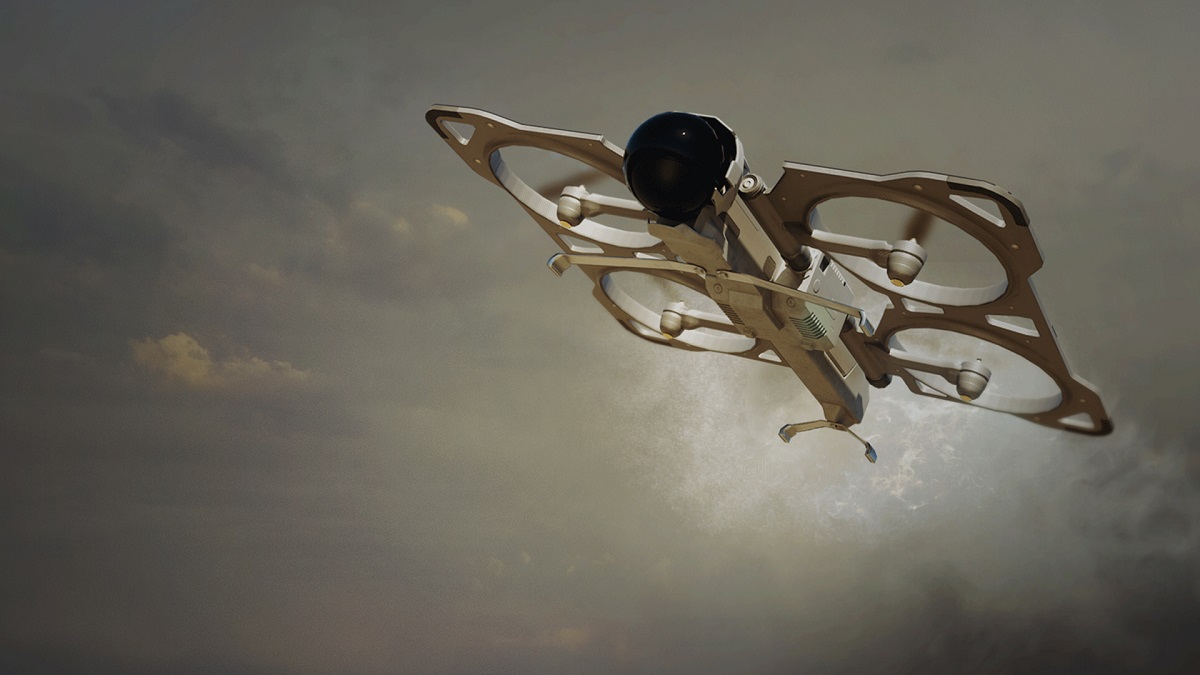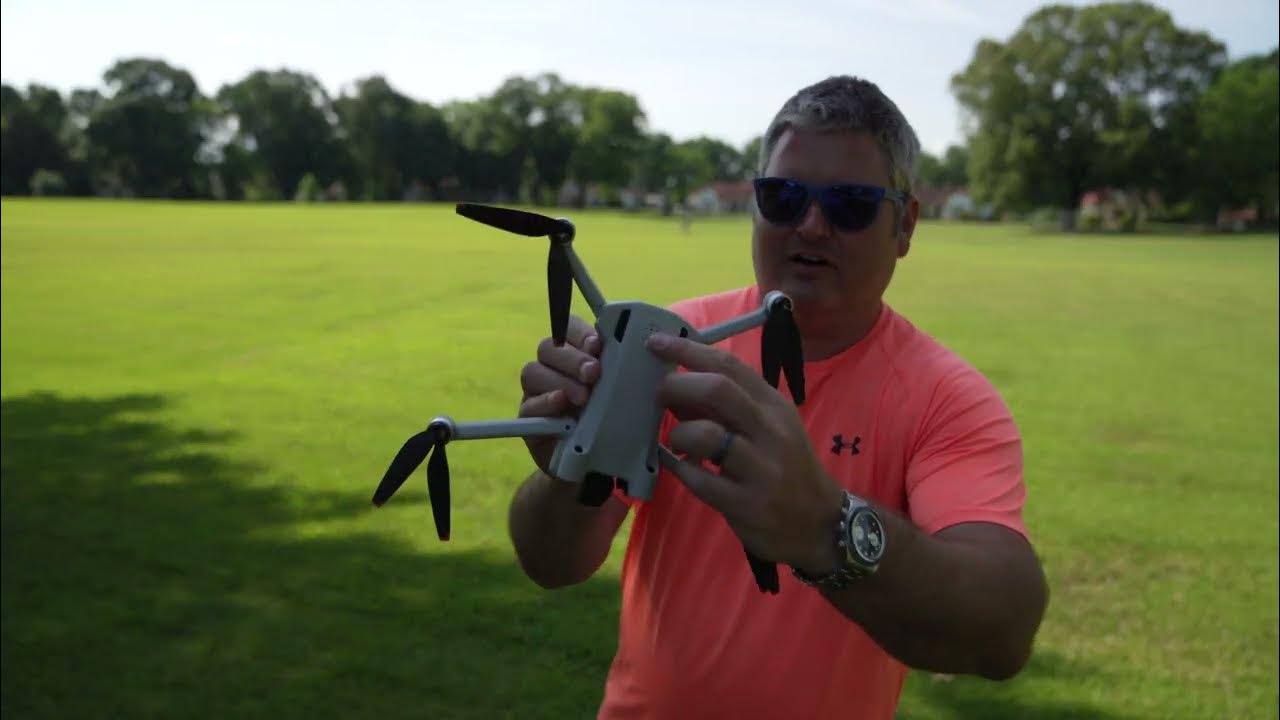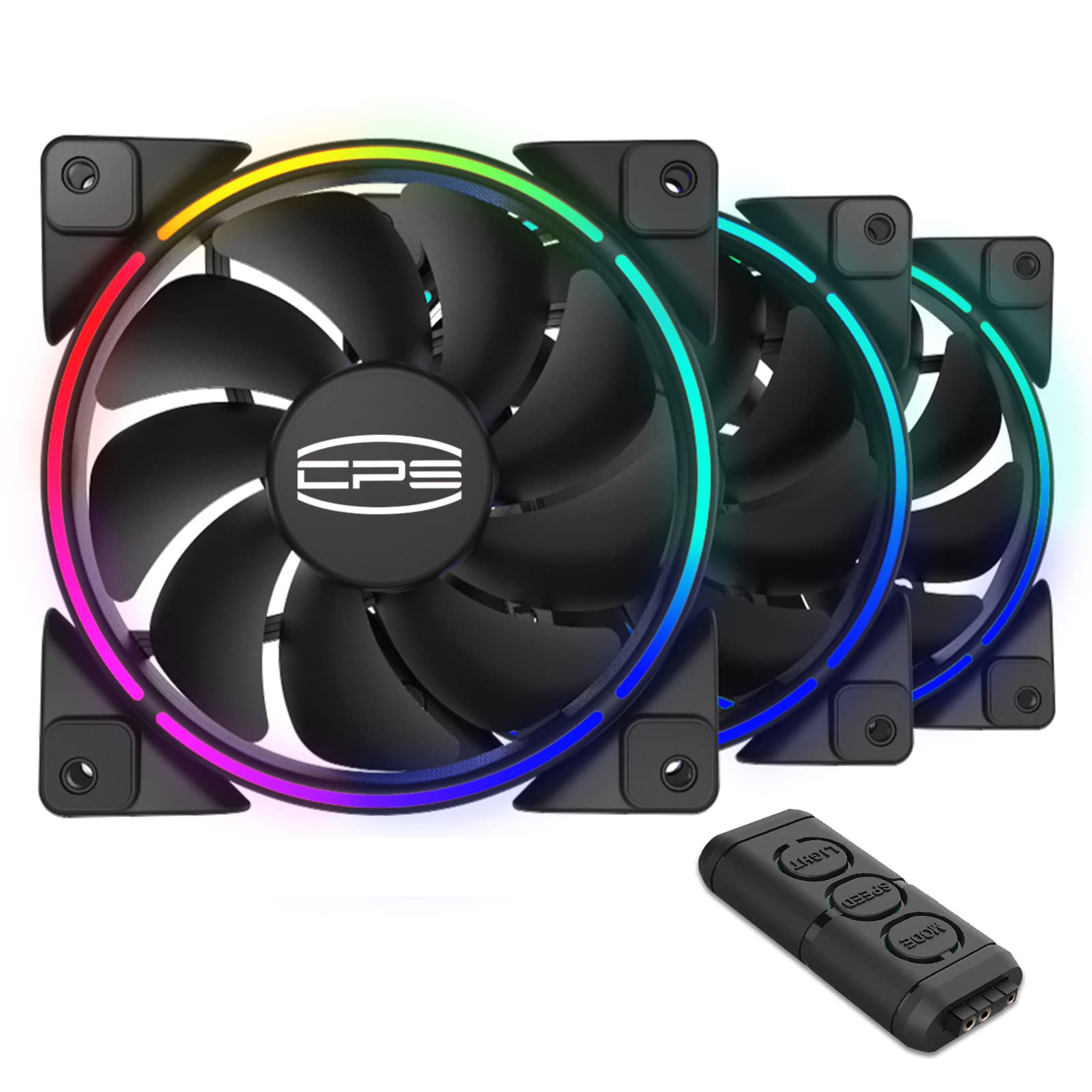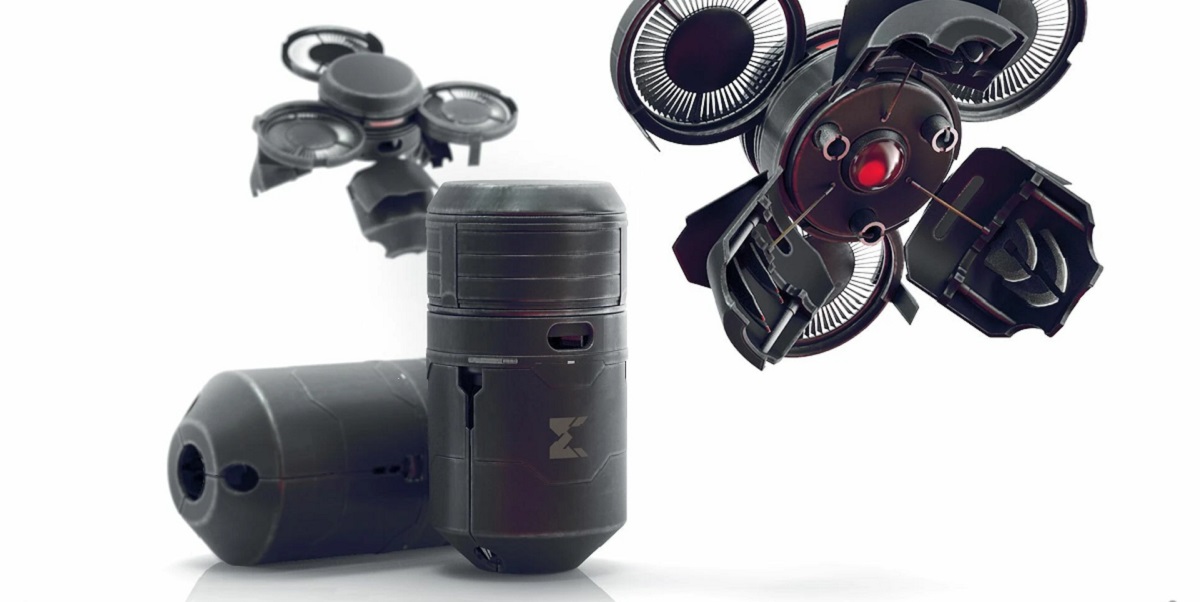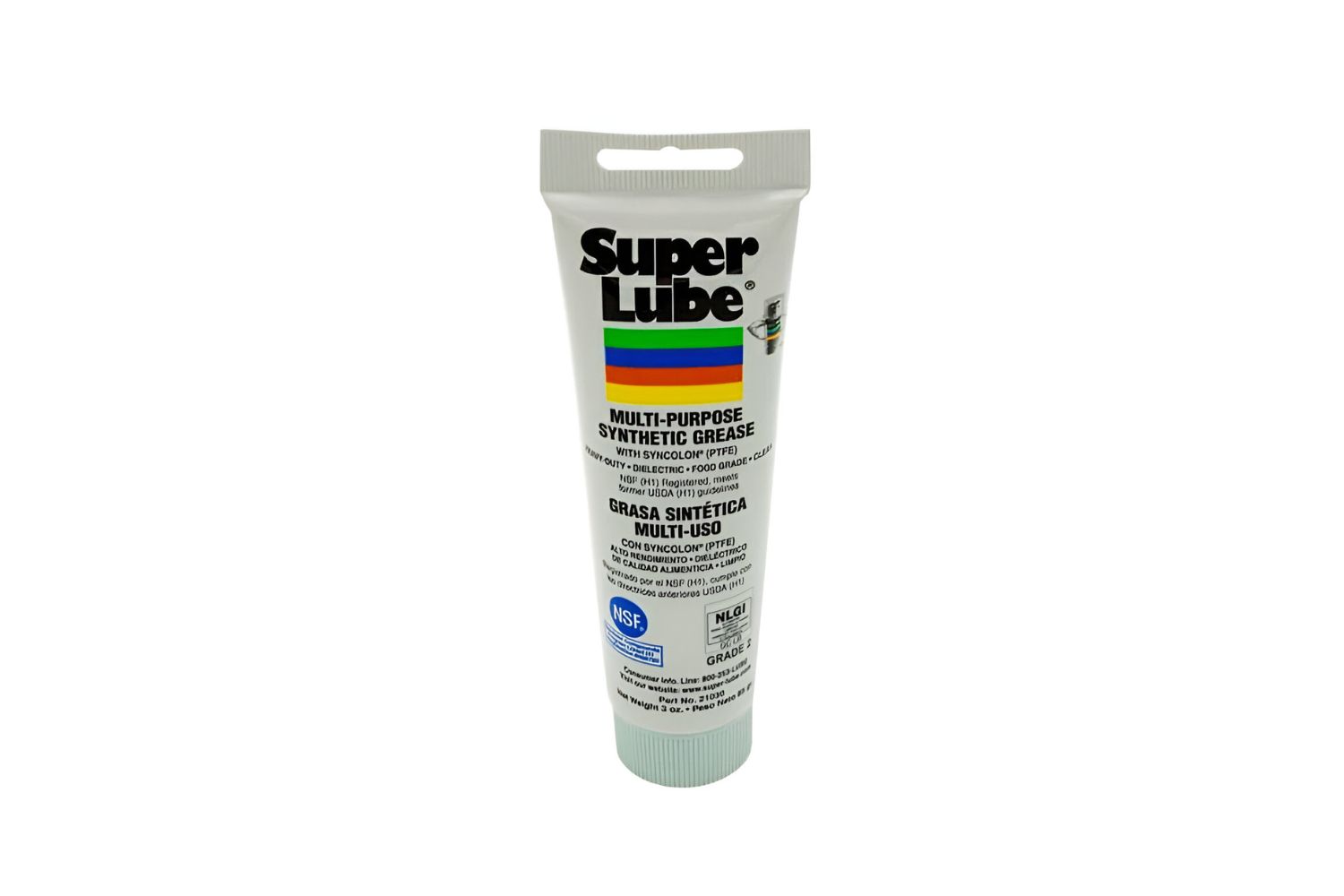Introduction
Welcome to the exciting world of drones! Drones have become a popular gadget for enthusiasts and professionals alike, with applications ranging from aerial photography to package delivery. However, one drawback of flying drones is the noise they can generate. The buzzing sound can be disruptive and draw unwanted attention, especially in quiet and secluded areas.
If you’re looking to make your drone quieter, you’ve come to the right place. In this article, we’ll explore various techniques and upgrades to help make your drone silent without compromising its performance. By implementing these strategies, you’ll not only enjoy a more peaceful flight experience but also reduce the disturbance to those around you.
Before we delve into the methods of sound reduction, it’s essential to understand that completely eliminating all noise from a drone may not be feasible. Drones rely on rotating propellers and motors to generate lift and maneuver in the air, which inherently produces some sound. However, by implementing the following techniques, you can significantly reduce the noise level and make your drone much quieter.
Whether you’re a recreational drone pilot looking for a quieter flight or a professional requiring stealthier operation, this guide will provide you with valuable insights to achieve a silent drone. Let’s explore the various steps and components necessary to make your drone as quiet as possible.
Selecting the Right Drone
When aiming to make a drone quieter, it’s essential to consider the characteristics of the drone itself. Some drones are inherently noisier than others due to their design, construction, and the type of components used. Therefore, when looking to purchase a new drone or upgrade an existing one, selecting the right model can set you on the path to a quieter flight experience.
One of the primary considerations is choosing a drone with low noise emissions. Manufacturers are increasingly focusing on developing quieter drones, often highlighting this feature in their product descriptions. Look for drones that specifically mention noise reduction or quiet operation as their selling point.
Additionally, opt for drones with brushless motors instead of brushed motors. Brushless motors are generally quieter and more efficient, providing a smoother and quieter flight experience. Another benefit of brushless motors is their longer lifespan and higher torque, contributing to improved performance overall.
Furthermore, the size of the drone can impact its noise level. Smaller drones often produce less noise due to the reduced size of their propellers and motors. If possible, choose a smaller-sized drone that meets your requirements to minimize noise output.
Lastly, consider the different flight modes and settings available on the drone. Some drones offer a “Quiet” or “Stealth” mode, which adjusts the throttle and motor settings to reduce noise. This mode can be particularly useful if you wish to fly your drone in noise-sensitive areas or simply want a quieter flight experience.
By carefully selecting a drone with noise reduction features and quieter components, you can start your drone journey on a quieter note. However, if you already have a drone that isn’t known for its quiet operation, don’t worry. There are still measures and upgrades you can implement to make it quieter, as we’ll explore in the following sections.
Essential Parts to Replace
If you already own a drone and want to reduce its noise level, replacing or upgrading certain components can make a significant difference. Here are some essential parts to consider replacing:
1. Propellers: The propellers are vital for generating lift and propulsion, but they can also be a significant source of noise. Consider replacing the stock propellers with quieter alternatives specifically designed for noise reduction. These propellers are typically made of materials with noise-dampening properties or have a unique design to minimize noise while maintaining performance.
2. ESCs (Electronic Speed Controllers): The ESCs control the speed and power distribution to the motors. Upgrading to high-quality ESCs can result in smoother motor operation and reduced noise. Look for ESCs that are specifically designed for improved noise performance or have advanced motor control algorithms for quieter operation.
3. Motors: Motors that are designed for low-noise operation can be an excellent investment for reducing the overall noise emitted by your drone. These motors are often engineered with precision components and optimized for quiet and efficient performance. Look for motors that have a lower decibel rating or are marketed as “silent” or “low noise” motors.
4. Frame: The drone frame plays a role in transmitting vibrations and noise. Upgrading the frame to one constructed with materials that absorb vibrations, such as carbon fiber or shock-absorbent polymers, can help reduce noise. Additionally, look for frames with improved aerodynamics as they can reduce the turbulence and noise generated during flight.
5. Flight Controller: The flight controller is the brain of the drone, and choosing a high-quality, advanced controller can lead to smoother and quieter flight performance. Look for flight controllers with advanced noise filtering algorithms and noise-reducing features to minimize the impact of external factors on the drone’s stability and noise output.
By replacing these essential drone components with quieter alternatives, you can significantly reduce the noise emitted during flight. Remember to choose reliable and compatible parts that enhance both noise reduction and overall performance, as a well-balanced drone will not only be quieter but also more enjoyable to fly.
Sound-Dampening Techniques
In addition to replacing specific components, there are several sound-dampening techniques you can employ to further reduce the noise produced by your drone. These methods focus on minimizing vibrations and sound transmission. Here are some effective techniques:
1. Vibration Isolation: Vibrations from the motors and propellers can contribute to the overall noise level. Using anti-vibration mounts or dampening materials between the frame and sensitive components can help isolate vibrations and reduce noise. These mounts can be made of rubber, foam, or other materials designed to absorb vibrations effectively.
2. Sound-Absorbing Material: Applying sound-absorbing materials inside the drone’s body or around the motor and electronic components can help reduce noise transmission. Acoustic foam, vibration-damping pads, or specialized sound-dampening materials can be strategically placed to absorb and dampen the sound waves generated by the drone’s operation.
3. Enclose the Electronics: Creating an enclosure or adding protective covers around the flight controller, ESCs, and other electronic components can help contain and reduce noise. These enclosures can act as sound barriers, preventing the noise from freely propagating outside the drone’s body.
4. Noise-Reducing Coatings: Applying noise-reducing or sound-absorbing coatings to the drone’s frame or propellers can help minimize noise. These coatings can include materials like sound-dampening paints, rubber coatings, or other specialized solutions that absorb sound waves and reduce their propagation.
5. Balancing: Properly balancing the propellers can contribute to a quieter flight. Imbalanced propellers can create vibrations and noise, so make sure to check the balance and balance the propellers if necessary. Propeller balancing kits are available and can help ensure smooth and quiet operation during flight.
Each of these sound-dampening techniques can have a significant impact on reducing the noise produced by your drone. Take the time to experiment with different methods and combinations to find the most effective solution for your specific drone model.
Balancing and Propeller Adjustment
Balancing the propellers and making precise adjustments can greatly contribute to reducing noise and vibration during drone flight. Imbalanced propellers can create unwanted vibrations, leading to increased noise output. Here are a few steps to help you balance and adjust your propellers:
1. Check for Imbalance: Start by inspecting each propeller for any visible signs of damage or deformation. Minor nicks or scratches can cause imbalances. Also, ensure that the propellers are securely attached to the motor shafts and that there is no looseness or play.
2. Use a Balancing Tool: To balance the propellers, you can use a specialized propeller balancer or a smartphone app designed for this purpose. The balancer will help determine if any propeller blades are heavier, causing an imbalance. Adjust the position of the propeller weights or washers to achieve perfect balance.
3. Adjust the Blade Angle: Depending on your drone model, you may have the option to adjust the angle of the propeller blades. Fine-tuning the angle can help minimize noise and improve overall efficiency. Follow the manufacturer’s instructions or refer to online resources for guidance on how to adjust the blade angle properly.
4. Consider Propeller Upgrades: If balancing and adjusting the propellers don’t provide the desired noise reduction, you may consider upgrading to specialized low-noise propellers. These propellers are designed with a carefully designed shape and materials to reduce noise while maintaining efficient performance. Research and select propellers that are compatible with your drone model and offer noise reduction benefits.
Remember, balancing and adjusting your propellers may require some trial and error. Take your time, be patient, and make small adjustments until you achieve the desired balance and noise reduction. Regularly inspect and maintain your propellers to ensure they remain balanced and in good condition to further minimize noise during flight.
Upgrading the ESCs and Motors
The ESCs (Electronic Speed Controllers) and motors of your drone play a crucial role in its performance and noise output. Upgrading these components can significantly contribute to a quieter flight experience. Here’s how you can upgrade your ESCs and motors:
1. Opt for High-Quality ESCs: Upgrading your ESCs to higher-quality ones can lead to smoother motor operation and reduced noise. Look for ESCs that are designed with noise reduction features or have advanced motor control algorithms. These ESCs can provide finer throttle control, resulting in quieter and more efficient performance.
2. Choose Low Noise Motors: Upgrading to motors with low noise emission can further reduce the overall noise produced by your drone. Look for motors specifically designed for low noise operation. These motors often feature precision components and optimized designs to minimize noise generation while maintaining power and performance.
3. Consider Motor Dampeners: Motor dampeners or shock-absorbing mounts can help isolate the vibrations generated by the motors, reducing noise transmission. These dampeners can be made of rubber or specialized vibration-damping materials. Installing motor dampeners can help significantly in mitigating noise and vibrations during drone flight.
4. Upgrade to Brushless Motors: If your drone currently uses brushed motors, consider upgrading to brushless motors. Brushless motors are known for their quieter operation and increased efficiency compared to brushed motors. They produce less electrical noise, resulting in reduced overall drone noise. Brushless motors also have longer lifespans and provide more torque, resulting in improved flight performance.
5. Ensure Compatibility: When upgrading ESCs and motors, it’s crucial to ensure compatibility with your drone’s flight controller and power distribution system. Consult the manufacturer’s recommendations, seek guidance from online forums or communities, or consult a professional if you are uncertain about compatibility. Improperly matched components can lead to performance issues or even damage to your drone.
By upgrading your ESCs and motors, you can achieve a quieter and more efficient flight experience. The improved control and reduced noise emission will enhance both your enjoyment and possibilities for using your drone in various settings.
Using Low Noise Propellers
When it comes to reducing the noise generated by your drone, one effective solution is to use low noise propellers. These propellers are specifically designed to minimize noise while maintaining optimal performance. Here are some key points to consider when using low noise propellers:
1. Selecting the Right Low Noise Propellers: There are numerous low noise propellers available in the market, each with its own unique design and features. Look for propellers that are specifically marketed as low noise or noise-reducing propellers. These propellers are often designed with aerodynamic considerations and material choices aimed at reducing noise production.
2. Pay Attention to Propeller Size and Pitch: The size and pitch of the propellers can impact noise levels. Smaller propellers generally produce less noise compared to larger ones. Additionally, adjusting the pitch can also affect noise output. Experiment with different propeller sizes and pitches to find the combination that offers a quieter flight without sacrificing performance.
3. Material Choice: The material used in the construction of the propellers can influence noise production. Some low noise propellers are made of specialized materials that possess noise-dampening properties. These materials can help absorb vibrations and reduce noise propagation during flight.
4. Balance and Maintenance: It’s crucial to properly balance and maintain your low noise propellers to ensure they perform optimally. Balancing the propellers helps minimize vibrations, which can contribute to noise. Regularly inspect the propellers for any signs of damage and replace them if necessary.
5. Compatibility with Your Drone: When using low noise propellers, ensure they are compatible with your specific drone model. Check the specifications provided by the manufacturer or consult with experts in the drone community to verify compatibility. Using propellers that are designed for your drone will ensure the best noise reduction results.
Low noise propellers can make a noticeable difference in reducing the overall noise produced by your drone. They offer a balance between noise reduction and flight performance, ensuring a quieter flight experience without compromising on stability and maneuverability.
Using Silencers and Mufflers
Another approach to reducing the noise emitted by your drone is utilizing silencers and mufflers. These accessories are designed to dampen and reduce the sound produced by the motors and propellers. Here are some key points to consider when using silencers and mufflers:
1. Silencers for Motors: Motor silencers are specially designed attachments that fit over the motors of your drone. They help reduce the noise produced by the motor’s operation. These silencers are typically made of sound-absorbing materials or have baffles that redirect the sound waves, effectively reducing noise emissions. It’s essential to choose silencers that are compatible with your motor size and type.
2. Mufflers for Propellers: Propeller mufflers are accessories that attach to the tips of the propellers. They help redirect and dampen the sound waves produced by the propellers, resulting in reduced noise. Mufflers are typically made of acoustic materials and can be easily installed or removed as needed. Ensure the mufflers you choose are compatible with the size and type of propellers you are using.
3. DIY Noise-Reduction Solutions: If you prefer a more hands-on approach, you can also explore do-it-yourself (DIY) solutions to reduce noise. For example, you can create homemade silencers with sound-absorbing materials, such as foam or rubber, and install them over the motors or propellers. These DIY solutions may require some experimentation to find the most effective configuration for your drone.
4. Impact on Performance: It’s important to note that using silencers and mufflers may have some impact on your drone’s flight performance. These accessories can slightly alter the aerodynamics and increase the weight of the drone. Therefore, it’s recommended to test your drone’s performance after installing any silencers or mufflers and make adjustments if necessary to maintain optimal flight stability and maneuverability.
5. Legal Considerations: Before using silencers or mufflers on your drone, be sure to check local regulations regarding noise reduction modifications. Some jurisdictions may have restrictions on altering the drone’s design or components, so it’s important to comply with the rules and regulations in your area.
While silencers and mufflers can contribute to noise reduction, their effectiveness may vary depending on the drone model and the specific silencer or muffler used. It’s recommended to research different options, read user reviews, and consult with experts in the drone community to determine the best silencers or mufflers for your drone.
Reducing Vibrations with Anti-Vibration Mounts
Vibrations produced during drone flight can contribute to the overall noise level. By using anti-vibration mounts, you can minimize vibrations and, consequently, reduce the noise generated by your drone. Here are some key points to consider when using anti-vibration mounts:
1. What are Anti-Vibration Mounts: Anti-vibration mounts are specialized components that isolate sensitive parts of your drone, such as the flight controller, camera, or other electronic equipment, from vibrations. These mounts are typically made of rubber or other vibration-damping materials and are designed to absorb vibrations and prevent them from transferring to the mounted components.
2. Mounting Locations: Identify the areas where vibrations are most prominent on your drone. Common vibration sources include the motors, propellers, and frame. Mount anti-vibration mounts between the drone’s frame and the components you wish to protect or dampen vibrations. Ensure that the mounts are securely attached to both the frame and the mounted components for effective vibration reduction.
3. Benefits of Anti-Vibration Mounts: The primary benefit of using anti-vibration mounts is the reduction of vibrations, which in turn reduces noise. Additionally, these mounts help protect sensitive components from potential damage caused by excessive vibrations during flight. Moreover, the improved stability provided by the anti-vibration mounts can enhance the overall flight performance of the drone.
4. Compatibility: When selecting anti-vibration mounts, ensure they are compatible with your specific drone model. Different drones may have varying sizes and mounting configurations. Choose mounts that fit securely and provide adequate vibration isolation while maintaining stability and balance.
5. Installation and Adjustment: Proper installation of anti-vibration mounts is crucial for maximum effectiveness. Follow the manufacturer’s instructions and guidelines for installation. Additionally, take the time to fine-tune and adjust the mounts if necessary. Small adjustments in position or tightness of the mounts can make a difference in vibration reduction.
By incorporating anti-vibration mounts into your drone’s setup, you can significantly reduce vibrations and the resultant noise. This not only improves the overall flight experience but also helps protect the fragile components of your drone from potential damage caused by excessive vibrations.
Power Management for Noise Reduction
Effective power management can play a role in reducing the noise emitted by your drone. By implementing certain power management techniques, you can minimize noise and improve overall flight performance. Here are some key points to consider:
1. Optimize Battery Selection: Choose high-quality batteries that are known for their stable power output and efficiency. Lithium-polymer (LiPo) batteries are commonly used in drones due to their high energy density and lightweight design. Opt for batteries with a higher C-rating, as they can deliver a stable and consistent power supply, reducing electrical noise and potential motor surges.
2. Voltage Regulation: Voltage spikes can contribute to noise generation in your drone’s electronics. Consider incorporating voltage regulators or filters to stabilize the power supply and reduce electrical noise. These devices help smooth out voltage fluctuations, leading to more efficient and quieter operation.
3. Minimize Signal Interference: Interference from the power supply can introduce additional noise into your drone’s electronic circuits. Keep the power cables away from sensitive components and make sure to route and secure them properly. Also, use high-quality shielded cables to minimize electrical noise and signal interference.
4. Efficient Power Distribution: An efficient power distribution system helps eliminate unnecessary power loss and reduces electrical noise. Distribute power evenly to the various components of your drone, such as the flight controller, camera, and motors. Use proper wire gauge for the different power lines to avoid voltage drops and potential noise generation.
5. Proper Grounding: Implementing proper grounding techniques is essential for minimizing electrical noise and interference. Connect all components to a central ground point and ensure a solid electrical connection. Use high-quality grounding wires and keep them as short as possible to reduce electrical noise induction.
6. Regular Maintenance: Regularly inspect and maintain your drone’s power system to ensure optimal performance and noise reduction. Check for loose connections, damaged wires, or corroded connectors. Clean and tighten connections as needed to minimize electrical resistance and potential noise generation.
By paying attention to power management and implementing these techniques, you can reduce electrical noise and improve the overall noise profile of your drone. A well-managed power system not only contributes to a quieter flight but also enhances the responsiveness and stability of your drone.
Conclusion
Making your drone silent may not be entirely possible, given the nature of the rotating propellers and motors. However, by implementing the techniques and upgrades discussed in this article, you can significantly reduce the noise emitted by your drone and enjoy a quieter flight experience.
Start by selecting a drone that is known for its low noise emissions and consider upgrading essential components such as propellers, ESCs, and motors. Utilize sound-dampening techniques such as using anti-vibration mounts, sound-absorbing materials, and enclosures to further reduce noise transmission. Experiment with low noise propellers and explore options for using silencers and mufflers to dampen sound.
Additionally, balancing and adjusting propellers, as well as optimizing power management, can also contribute to noise reduction. By carefully considering each of these steps and taking a comprehensive approach, you can achieve a significant reduction in the noise produced by your drone.
Remember that safety, performance, and compatibility should always be prioritized when making any modifications or upgrades to your drone. Check local regulations to ensure that you comply with any legal requirements regarding noise modification on drones.
With a quieter drone, you can enjoy flying with minimal disruption to your surroundings and experience a more peaceful flight environment. Whether you’re using a drone for recreational purposes or professional applications, reducing noise not only enhances the experience for yourself but also helps maintain good relationships with those around you.
So, embrace the opportunity to make your drone quieter by implementing these strategies, and take to the skies with a more peaceful and enjoyable flying experience.







